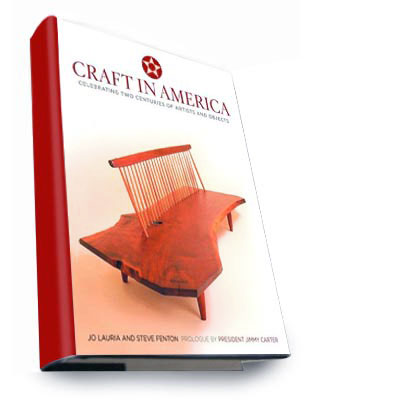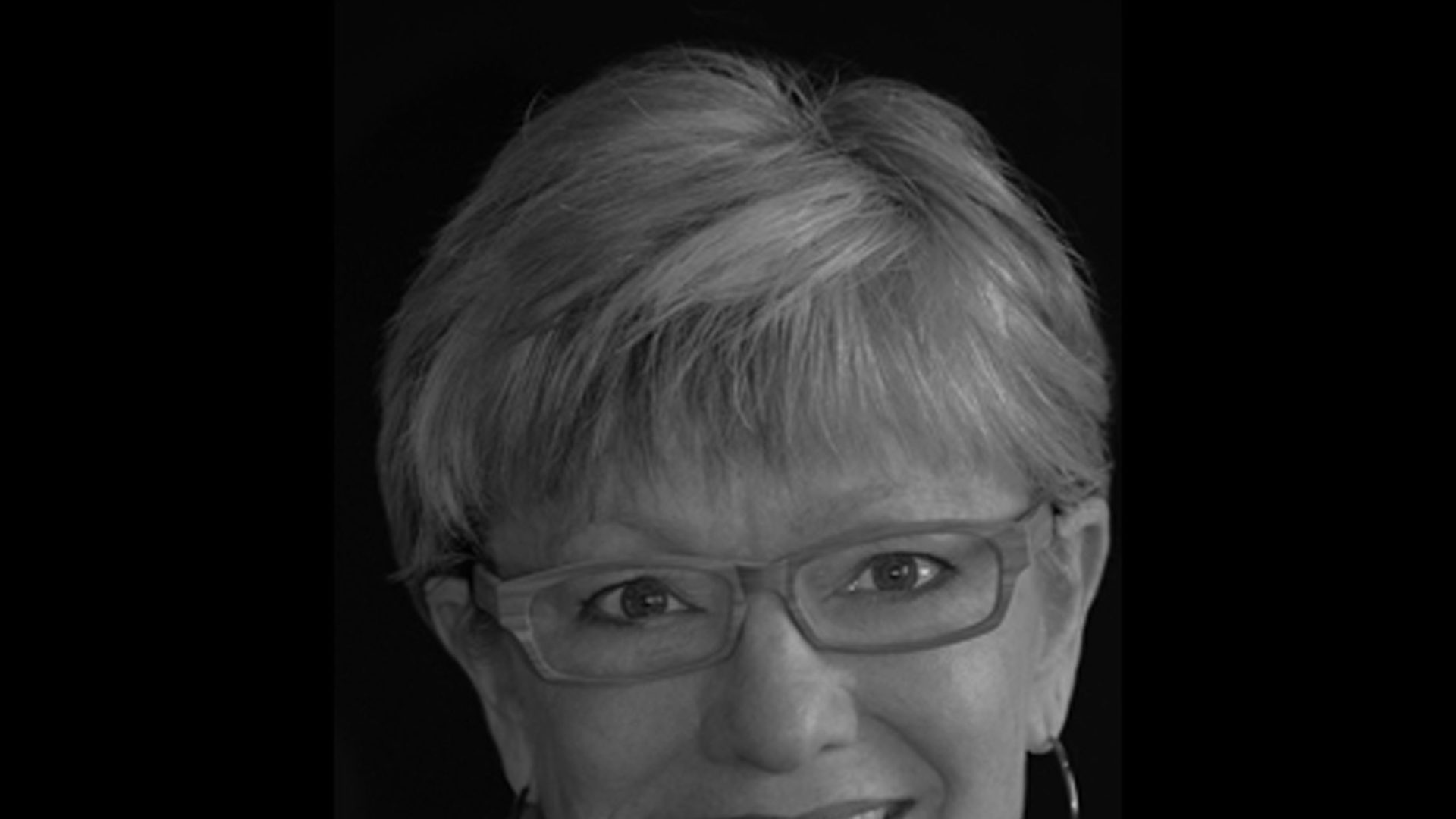In May 2007, Sally von Bargen interviewed Jo Lauria, a long time AJF member and previous board member. She is the chief curator for the touring exhibition Craft in America: Expanding Traditions and co-author of the companion book Craft in America: Celebrating Two Centuries of Artists and Objects.

Jo Lauria: Yes, both thrilled and exhausted and humbled to be part of such a noble effort. It is a wonderful project and I am honored to be associated with it.
Will you share with us how the various components
– the television documentary, the companion book and the national exhibition
– fit together?
The analogy is the human body. The book gives the historical framework, the backbone, the structure, the context of why crafts came into existence, why they are important to our cultural heritage and why the handcrafted object and the activity of hand-making has endured and continues to thrive even in today’s post-industrial society. The PBS documentary focuses on the lives of some of the key artists of our time, conveying the ‘backstory’ (their personal narratives) and giving shape to the structure. It serves as the nervous system with attendant emotions and reactive responses. It poses the question, ‘Why do artists engage in craft making?’ And answers it resoundingly with two reasons: passion and deliberate choice. The exhibition represents the senses as it provides the channel for a sensory experience
– the actual viewing, being enveloped by the objects, the physical journey navigating through the display of assembled objects can be a spiritual experience for some, for others a profound aesthetic one. It also enables learning about our culture, our heritage and our traditions, one handmade object at a time. Seeing craft objects on a television screen or reproduced in a book does not engender the same connection with the viewer
– the urgent, intense and critical exchange of immediate sensations communicated when one is in the presence of and shares space with objects. The exhibition makes possible this intense, sensate experience.
What motivated your involvement in Craft in America?
I believed in the worth of the projects, the potential impact they could have on the field of crafts, design and decorative arts and I was committed to the creative direction and mission as outlined by Carol Sauvion, the founder and executive director of Craft in America. To write a book about American crafts with co-author Steve Fenton (and several contributing writers) that gave voice to our diverse native and multi-cultural communities seemed a unique contribution. Craft in America offered me the opportunity to organize an exhibition of masterpiece, craft objects, a proposal that proved too seductive to resist.
Significant historical surveys of craft objects, expansive in both concept and size, are few and far between, as they are often costly and unwieldy to organize and can be challenging to place with appropriate host venues. But I think the efforts are well rewarded as these exhibitions resonate with viewers and can be very emotive. In fact, they have the potential to be transformative
– as craft objects are accessible, vital and validating, they reveal our shared histories, they are the legacies of our heritages and most importantly, they are the potent expressions of our individualism. In short, I wanted to participate in something where the whole could be greater than the sum of its parts.
I think it is fair to say that Craft in America is the first major exploration and public discussion in the twenty-first century of American craft and as such will continue to inform the national exploration of artist-made objects for years to come. Well done, Jo, thank you.




